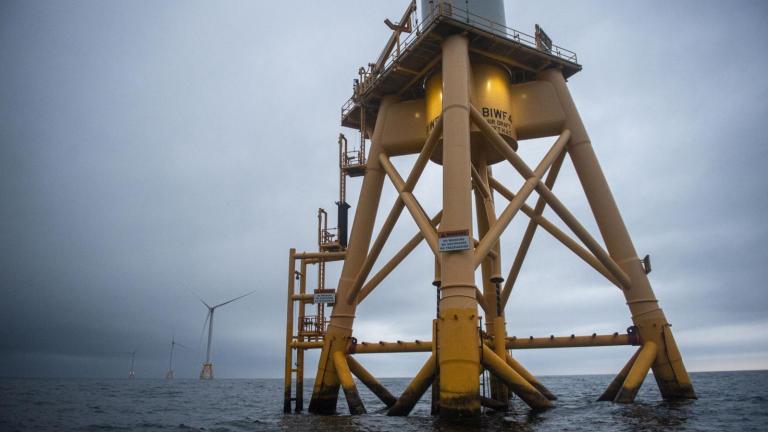
There’s a broad truth about solar power – that more energy hits the Earth every morning than every person on it uses in 27 years. It’s the challenge of the harnessing that energy and making it available for everyone that continues to vex.
But buried in an article about wind turbines in the Gulf of Mexico is this little corollary gem:
Wind turbines in the Gulf of Mexico could generate up to 508 gigawatts of electricity, according to a 2020 study by the National Renewable Energy Lab, twice as much energy as Gulf states cumulatively consume. The 700,000-acre area the Biden administration now wants to open up for wind farm development could eventually supply enough electricity for over three million homes, according to a White House fact sheet.
Emphasis added. I mean, come on. There it is, and not to mention other recent stories about have these wind turbines installed by oil rig workers, otherwise known as cowboys already accustomed to working on dangerous platforms out in the ocean.
To repeat: come on.
Image source


